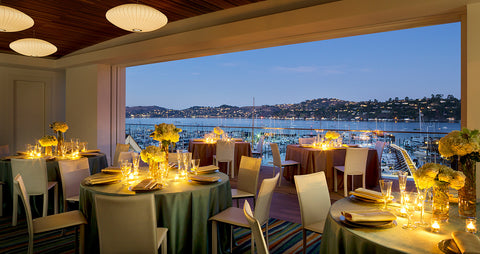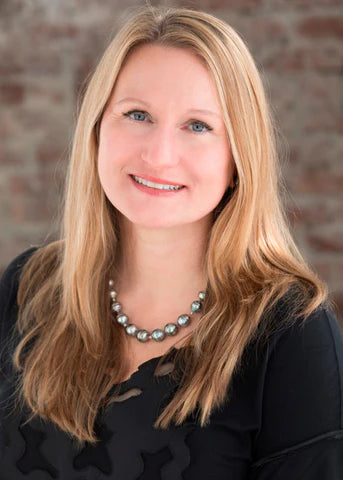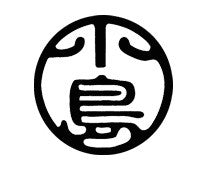PEARLS BY THE BAY






Douglas has the rare ability to take a highly scientific topic and make it digestible, poignant and funny.
Ted Talks got the idea from listening to him.
An aquaculture convention isn’t the same without him!














After university, he opened a black pearl jewelry store with his brother in La Jolla California. As his interest in pearls ran parallel to discovering his deep ancestral roots in Polynesia. Tracing his Chinese-Polynesian side back to pre-European contact..he uncovered extensive family properties in far away islands. One of which was the epicenter of the Tahitian pearl world , the island of Takaroa. He discarded his “western” ideals, formalities and education and plunged head first into the murky primitive waters of Takaroa.. that was 1999.. the rest is history.






As shady as a pearl dealer Pearls are called the first gems, for they could be appreciated before the invention of lapidary arts. Naturally, some individuals collected them, and if you had to as the price, you could not afford any. As knowledge of pearls and their sources spread, rulers particularly in the Middle East and South Asia competed for them by the notoriously inefficient method of having their expendable slaves harvest hundreds, even thousands of mollusks per desirable pearl. The notion that they were suited to use by women probably did not emerge until imperialists from areas with fewer mollusks got into the rapacious game. I imagine pearls dealers of the era faced persecution and played for high stakes, much like traffickers in scarce and wondrous drugs do to this day. In European countries without suitable colonies, indigenous freshwater pearls were harvested with great care. I have met several people in Germany and Austria, with names like "Bachfischer", who are descendants of those entrusted with that work: to know the location of every mussel in their bailiwick, examine them for irregularities in shell growth that might intimate the presence of a sizable pearl, and harvest it without killing the mussel, some of which have a life expectancy exceeding 100 years. I have seen photos of pictures in South German and Austrian churches, depicting the severed hands of mussel poachers. While cultivation of mobe is said to have begun in China as early as the sixth century, pearls were more in demand as medicine there well into the 20th. As pearl powder is not distinguishable from that made from shells, it was the custom in many parts of Asia for apothecaries to stock natural seed pearls. The reasons to prefer pearls, possibly remains of bring parasites they contained, were never clear to me, but now that have, and are aware of pollution, organic source Calcium carbonate is deprecated. Carl Linnaeus, the 18th century naturalist revered as the father of modern taxonomy, is credited with the first serious attempt to cultivate pearls (in German "Vollperlen"), which mobe are not, but never got past the experimental stage. I am sure most of you are familiar the development of a cultured pearl industry in Japan, which despite a wartime hiatus, came to dominate the world's market for 40 years. By the 20th century, pearl dealing had been decriminalized, but dealers were as a whole more slippery than the carpet folks. For a start, what other products, with the more recent exception of synthetic minerals, are termed cultured but do not depend on the work of microorganisms? On one hand, it was desirable to confuse downstream dealers as well as consumers, for instance with units of measurement. In Japan's draconian metrication program, possession of a ruler in traditional units became a crime, and momme scales are only legal for the pearl trade. On the other, failure to be open about the practicalities of cultivation backfired, though arguably it might have been hard to make a dent in marketers' ignorance. These folks seized upon perfect spherical shape as the most important measure of "quality", forcing cultivators to make thin-coated pearls of vastly inferior durability to satisfy this misguided requirement. It took decades for factors other than unnatural shape and color to be widely appreciated. Color treatment (mainly bleaching) predates cultivation, and its denial, sometimes through ignorance, is still the rule among pearl dealers. Our family business has always been among the minority debunking widely believed prevarications. In my product descriptions I prominently write "dyed" if I suspect any pearls to be outside the natural range for the type... but stop short of becoming the only dealer in the world (to my knowledge) to write "bleached"on an invoice. Early freshwater pearls were all non-nucleated; while their natural shapes severely limited their acceptance in established consumer countries, the bulk of their much smaller production was regularly snapped up by dealers serving countries where natural pearls were known, and buyers rejected the shapes of nucleated pearls. I see the emergence of China as the major producer of the world's pearls (roughly 80% by weight and 40% in terms of value), decried by many dealers as a debasement of the product, as ushering in a "golden age" in diversity and value for money in history. My company remains a major supplier of vestiges of (chiefly baroque) freshwater pearls actually cultivated in Japan; this does not appear to require keeping secret my opinion that the vastly more abundant in-body bead-nucleated pearls from China are in any way inferior or readily distinguishable, and they constitute the bulk of the pearls sold by stating or implying Japan origin for at least the past 30 years. My father, Rudolf Voll (1911-2008) and a first generation pearl dealer, concluded a video for German TV with the words: A woman does not need a pearl. It is the pearl that needs the woman.
WHEN THE LECTURES ARE FINISHED, we have a cocktail party, show and tell gathering! This is when you get to see what people have brought up close and personal, catch up with your old friends and make new ones! This is a FANTASTIC warm group of people, and I am honored to call each one of them a friend!
Thank you all for joining us and we are working to make next year even sweeter!
Some call it Bingo.. WE CALL IT PEARL!
(pearl bingo for prizes is always good for some laughs!)



